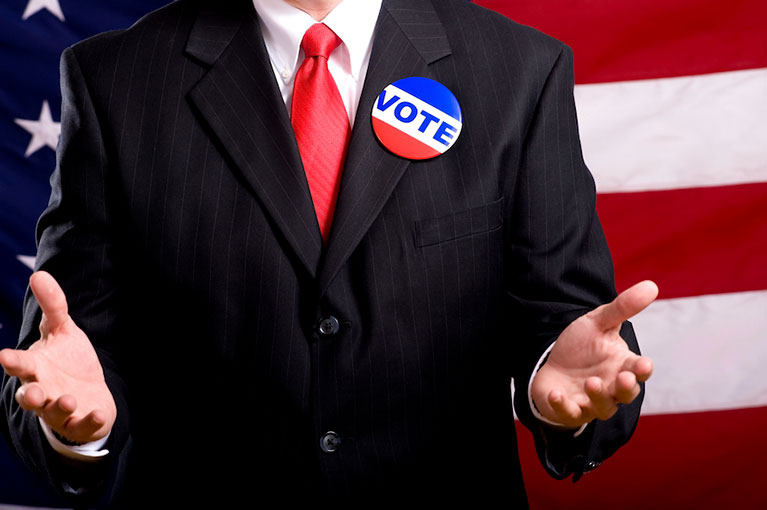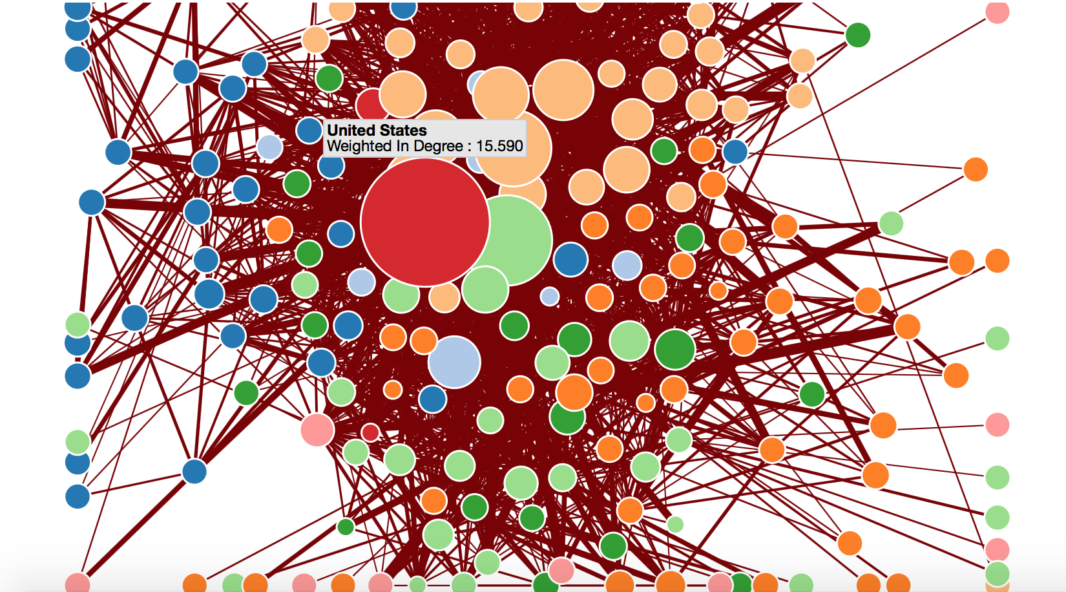The “Starbucks Effect”: Trade in the North American Neighborhood
Good neighbors increase your home’s value
In 2015, real estate research group Zillow determined that homes located within a quarter-mile of a Starbucks coffee shop had increased in value by 96 percent between 1997 and 2013, compared with 65 percent for all homes over that period.
Proximity counts for a lot.
We’re lucky in the United States because Canada and Mexico are the kind of neighbors that increase our value. They are the borrow-a-cup-of-sugar, won’t-you-please-watch-my-kids-for-an-hour kind of country neighbors.
A good neighborhood is not just an area defined by geography. Good neighborhoods serve to create a set of social and business networks. That’s a defining feature of the North American neighborhood. The relationships between firms in all three countries drive co-production and create North American content. One-quarter of what we import from Canada contains value that was added from the United States. Forty percent of finished goods we import from Mexico contain some form of value added from the United States. Together, Canada and Mexico account for three quarters of all U.S. value added returned from abroad. Some people would call that “balanced” or “fair” with respect to trade with or neighbors to the North and South.
But it gets better. Because Canadian and Mexican products contain high levels of U.S. content, the U.S. economy gains when Canada and Mexico boost their exports to the rest of the world.
Our cities play in each other’s yards
Brookings research shows that about half of goods traded in North America are the products of advanced industries including aerospace, automotive, electronics, machinery, pharmaceuticals and precision instruments. Metropolitan areas account for nearly 70 percent of the output and 75 percent of the North American trade in advanced industrial products.
Volumes of over $1 billion a year are traded in automotive between Detroit and Toronto, in electronics between San Jose, California and Mexico City, and in aerospace between Seattle and Montreal. Look at this interactive map to see what and how much your home city trades with Canada and Mexico.
Mexico’s curb appeal is steadily improving
Real GDP in Mexico is projected to grow at 2.0 percent in 2020. Economists expect that U.S. growth and cheaper energy inputs will support the continued strong performance of Mexico’s manufacturing exports.
Mexico has attracted more international investment in recent years, increasingly directed to high value-added sectors. But OECD and World Bank analysis points out that other parts of the economy are still characterized by low-skilled work, weak productivity and out-of-date technologies, all of which create a drag on growth and hurt relative living standards among the general population.
Continued progress in structural reforms in areas like labor, education, competition policy, financial sector, telecommunications and energy, could also boost Mexico’s competitiveness by improving the investment climate, enhancing worker productivity, and spurring infrastructure development.
“The Starbucks Effect” is at work in the North American neighborhood
Starbucks is a premium brand. So is North America. Because we share high quality trade and investments and integrated production platforms, each country in North America benefits when the other thrives.
It’s worth investing in policies that protect and promote the North American brand because our neighbors to the north and south add great value to American products, to the U.S. economy, and to the North American Neighborhood.
By the way, in case you were wondering where to buy your next house, the Washington, DC area is among the 10 metropolitan areas in Zillow’s study with the greatest Starbuck’s Effect.
Andrea Durkin is the Editor-in-Chief of TradeVistas and Founder of Sparkplug, LLC. Ms. Durkin previously served as a U.S. Government trade negotiator and has proudly taught international trade policy and negotiations for the last fifteen years as an Adjunct Professor at Georgetown University’s Master of Science in Foreign Service program.





